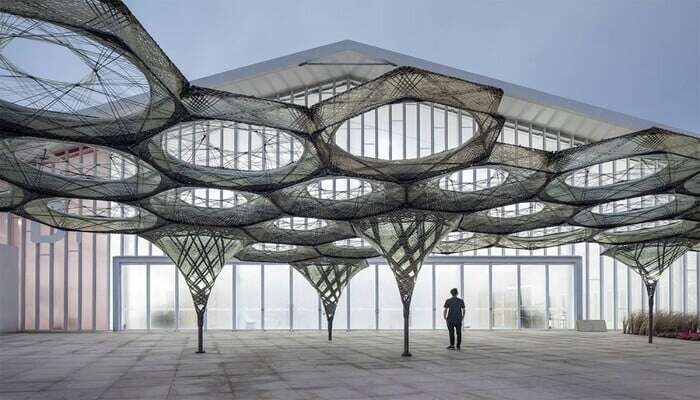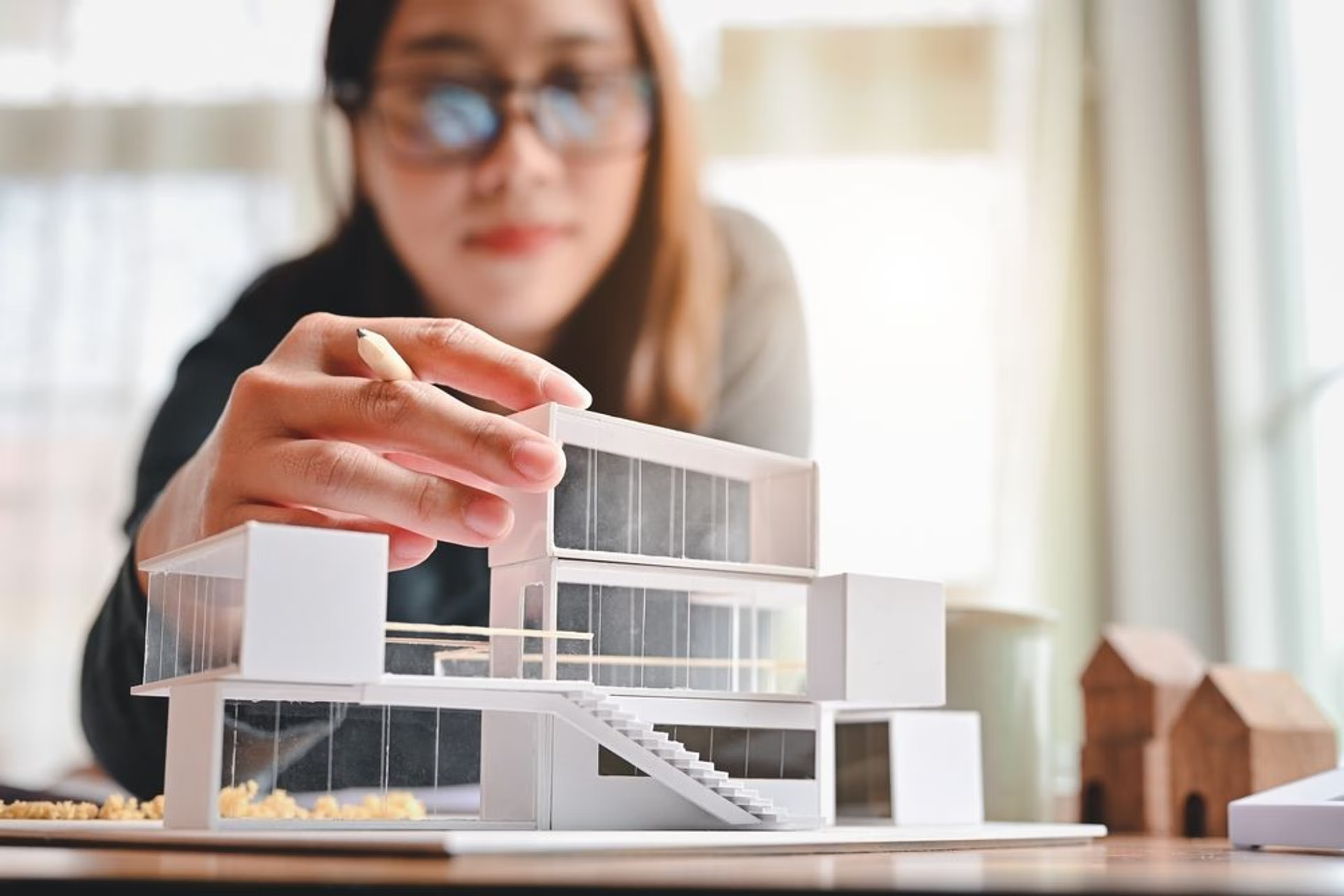Creative Jobs for Architects That Are Shaping the Future of the AECO Industry
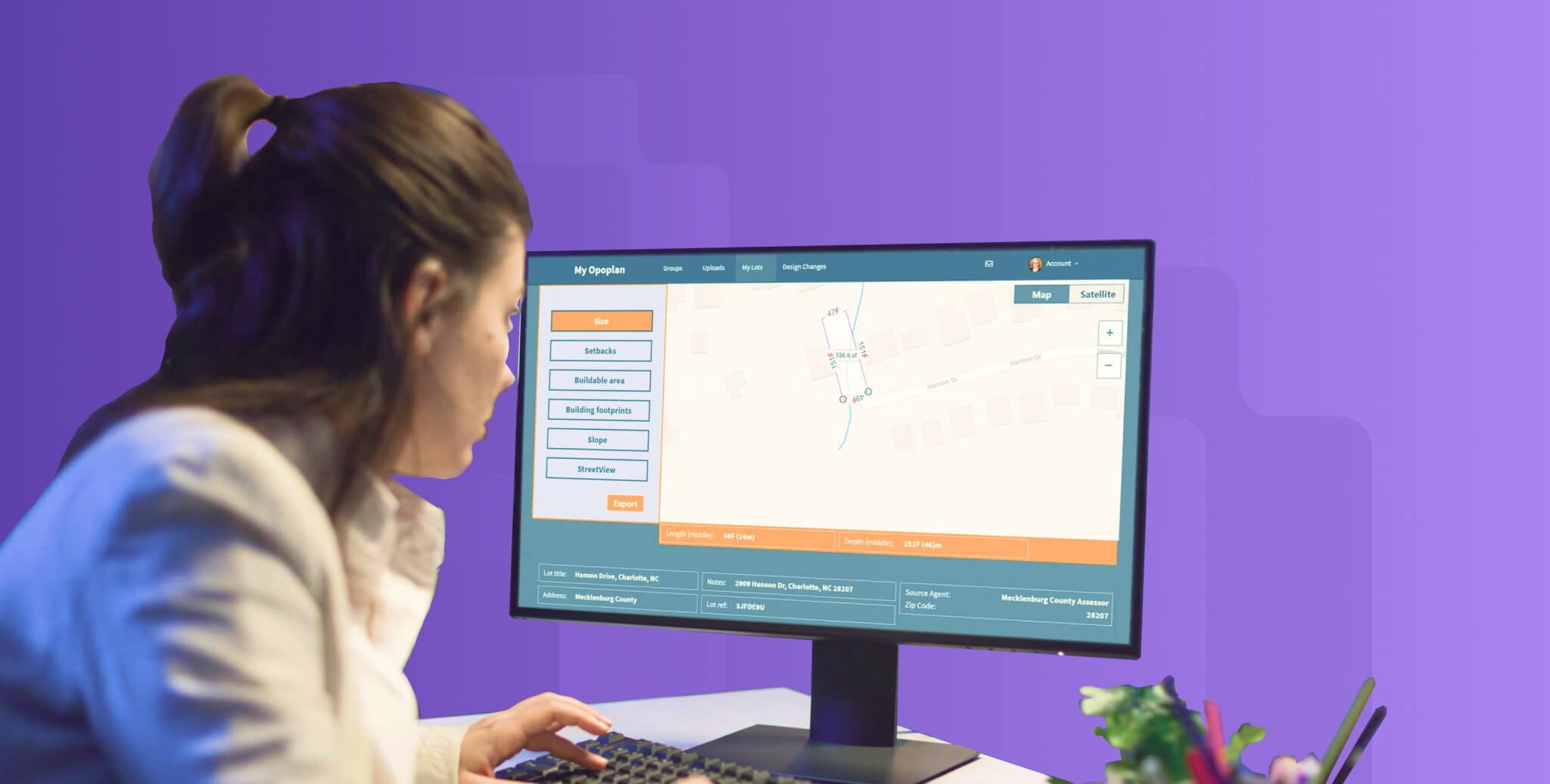
Table of Contents
Every student experiences surreal feelings upon entering the first year of an architecture school. They look forward to exploring their innate creative streak in order to generate unique designs. The faculty encourages them to think, collaborate, and innovate solutions for design challenges. This exercises their creative muscles and empowers them to be imaginative. However, while college assignments and competitions are centered around invention, the same cannot be said about architectural jobs.
The Prevailing State of Architecture Jobs
The reality of working in architecture firms is far from what young graduates visualize. Unlike colleges, the work in architecture firms is often repetitive and technical leading to a shortfall in creative jobs for architects. This lack of creative opportunities leads to the development of a mundane office routine that involves a lot of drafting work.
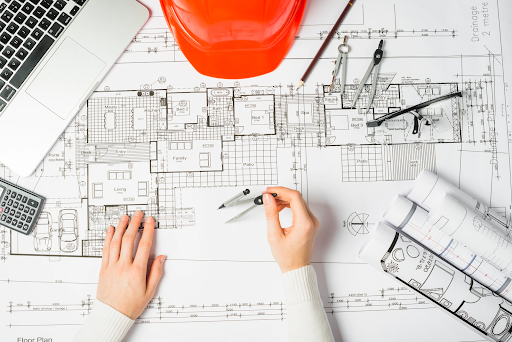
Young architects are seldom provided the chance to design- which makes them feel frustrated, lost, and confused. They find their time occupied with site visits, bidding, negotiations, data management, research, and administrative work. Further, the narrow pay scale provided in the AECO industry also demoralizes young architects.
Why Is There a Lack of Creative Jobs for Architects?
The profession of architecture involves both creative and technical work. However, the scope for creativity in the field is limited due to the lack of advanced visualization and construction technologies. This restricts experimentation in the industry and discourages architects to think outside the box. Conventional drafting tools such as CAD limit creativity because they offer fewer features. Hence, the availability of creative jobs for architects is sparse.
6 Best Alternate Creative Jobs for Architects?
Technological advancements such as cloud-based softwares, Artificial Intelligence, Machine Learning, Digital Fabrication, and Robotics are speedily upgrading the AECO industry. These computational design technologies are allowing more creative freedom in the profession by providing next-gen design and analytical tools. Using these technologies, architects can generate 3D models, prepare, structural reports, and construct buildings within a shorter duration. By learning computational skills, architects can gain more creative freedom and salary from their jobs.
Check out:
If you are interested in taking your career to the next level, upskill and apply for the most promising creative jobs for architects mentioned below.
1. Parametric Designer
.png?width=819&height=560&name=Parametric%20Design%20(1).png)
Parametric designers are high in demand in every sector of the economy. From automobile to architecture and fashion design - parametric designers are redefining creativity. In India, the salary of a parametric designer can range from ₹420,000 to ₹960,000 per year for entry-level roles making it a lucrative field.
What Does a Parametric Designer Do?
A parametric designer creates a set of parameters and rules to generate a multitude of design variations. Following this, they analyze the suitability of every design in the context of their design problem and user. The use of software such as Grasshopper, ArchiCAD, Rhinoceros 3D and Fusion 360 to produce innovative designs makes parametric designing a creative job for architects.
2. Design Technology Specialist
Design Technology Specialists are required for creative problem-solving through a diverse set of perspectives, contexts, and research inputs while applying the user’s point of view. This is a creative job for architects where they are expected to perform task analysis, define the design, and validate it by testing. The salary range for a Design Technology Specialist in India is ₹6,03,000–₹29,00,000 per year.
What does a Design Technology Specialist do?
A Design Technology Specialist leads user research and testing, maps user journeys, develops service blueprints, and uses various methods such as storyboards, wireframes, and prototypes to convey ideas and concepts. They must have excellent knowledge of rapid prototyping tools such as Sketch, Axure, Invision, or Flinto.
3. Immersive 3D Designer
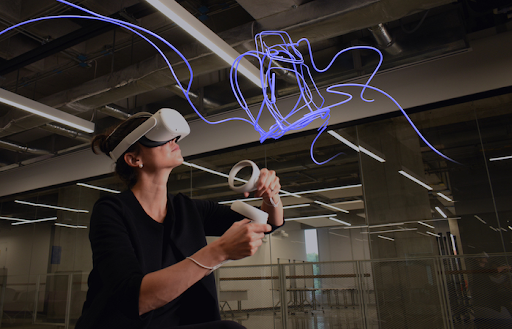
Immersive 3D Design offers the opportunity for an effective design-thinking process. It allows architects to understand user psychology and behavior for designing better spaces. At a beginner level, Immersive 3D Designers can command 3 to 9 lakhs per annum.
What does an Immersive 3D Designer do?
An Immersive 3D Designer uses Virtual Reality, Augmented Reality, and Mixed Reality to create the illusion that a user is physically interacting with a realistic digital environment. They work on optimizing computer-human interaction, projection mapping, and developing head-mounted displays.
4. Metaverse Designer
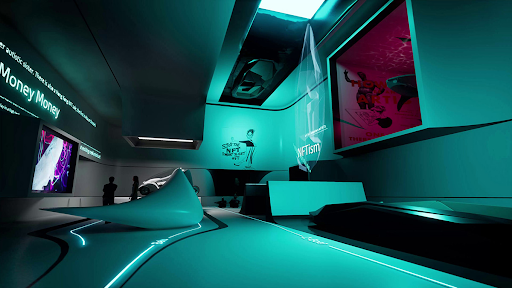
Metaverse- the digital universe is one of the most fascinating technologies of the century. There are innumerable creative jobs for architects in the Metaverse. From designing buildings to developing townships - for metaverse designers sky is the limit. The average salary ranges from 24 to 34 lakhs.
What does a Metaverse Designer do?
A Metaverse Designer creates an immersive virtual world where people can interact with 3D avatars in a virtual environment. They use Augmented Reality tools and 3D modeling software to create realistic structures in the Metaverse.
5. Digital Fabricator
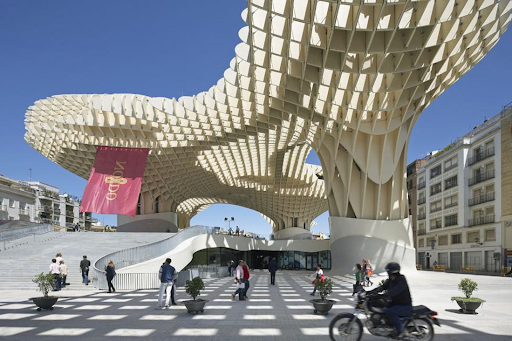
Digital fabrication technologies such as 3D printing are being widely accepted across the globe. This provides architects with the freedom to experiment with uncanny built forms through prototypical fabrication. A professional in this field requires an understanding of material strength, design accuracy, and technical knowledge to succeed. They make an average of 12 lakhs.
What does a Digital Fabricator do?
Digital fabrication is a creative job for architects where they get the chance to work on the fabrication of surfaces and facades designed parametrically. They design, prepare, and fabricate surface joints and reinforcements with software such as Rhinoceros 3D, Autodesk Fusion, and Solid Works. The fabricator creates vectors and prepares the mesh for the 3D printing of their designs.
6. Building Analyst
Building analysis is essential to map potential risks, structural stability, and future expansion opportunities of a building. This creative job for architects is useful for achieving design optimization and increasing project value. The average salary of a building analyst is around 12 to 13 lakhs.
What Does a Building Analyst Do?
A building analyst uses data to analyze user movement patterns and the structural behavior of a building. If architects become well-versed in programming languages and coding, they can also develop software for generating building analysis reports.
In Conclusion
Architects can get creative job opportunities by upskilling in computational design. It is taking the AEC field from the backseat of executing processes to the driving seat of creation. By learning computational design - young professionals can make themselves indispensable to their organizations. Improved pay scale opportunities can also be achieved through specialized job roles.
If you want to bag creative jobs in architecture, start upskilling with Novatr’s industry-relevant courses. Enroll in their BIM Professional Course for Architects to discover the various fields of computational design and how to use them to design and build architectural projects. Master advanced computational tools and industry workflows.
The course is budget-friendly and spans a shorter duration of time. It is mentored by global industry experts and provides practical training with a capstone project.

 Thanks for connecting!
Thanks for connecting!


.png)

